1. The Coelacanth: A Living Fossil from the Depths
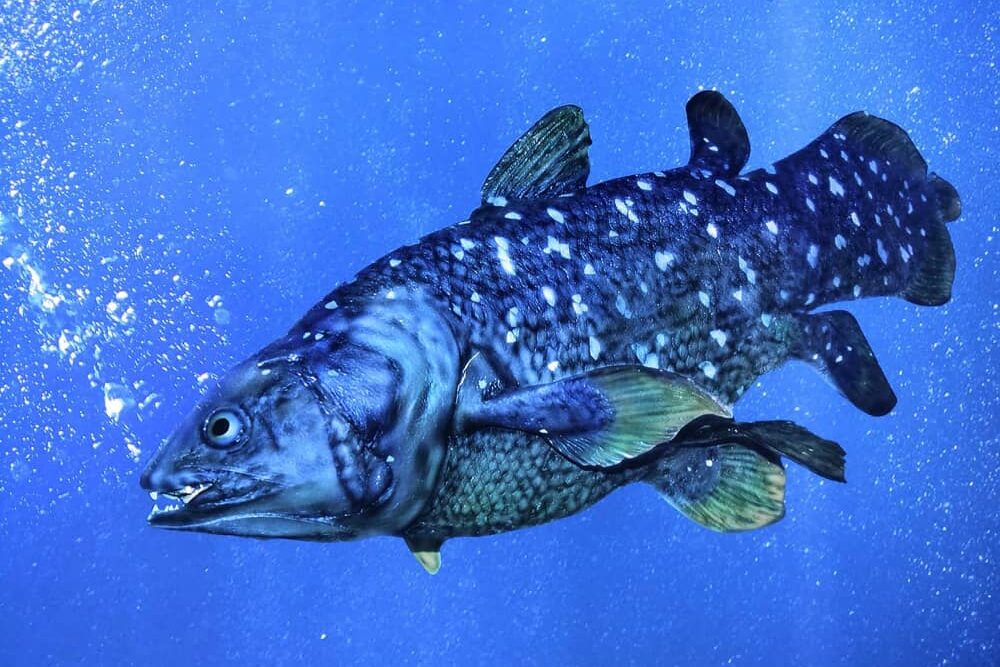
The coelacanth, often called a “living fossil,” was believed extinct for 66 million years until its stunning rediscovery off South Africa in 1938. Once thought to have vanished with the dinosaurs, this ancient fish, with its distinctive lobed fins, challenged assumptions about extinction and evolution. Its survival in the deep waters of the Indian Ocean remains a symbol of nature’s resilience and the mysteries hidden beneath the sea.
The coelacanth has offered rare insights into vertebrate evolution, particularly the transition from sea to land. Its limb-like fins have fueled debates about early terrestrial animals. Still elusive, with few specimens ever observed, the coelacanth continues to fascinate scientists and the public alike, reminding us that life can endure against all odds.
Source: Wikipedia
2. The Lord Howe Island Stick Insect: A Phasmid’s Return
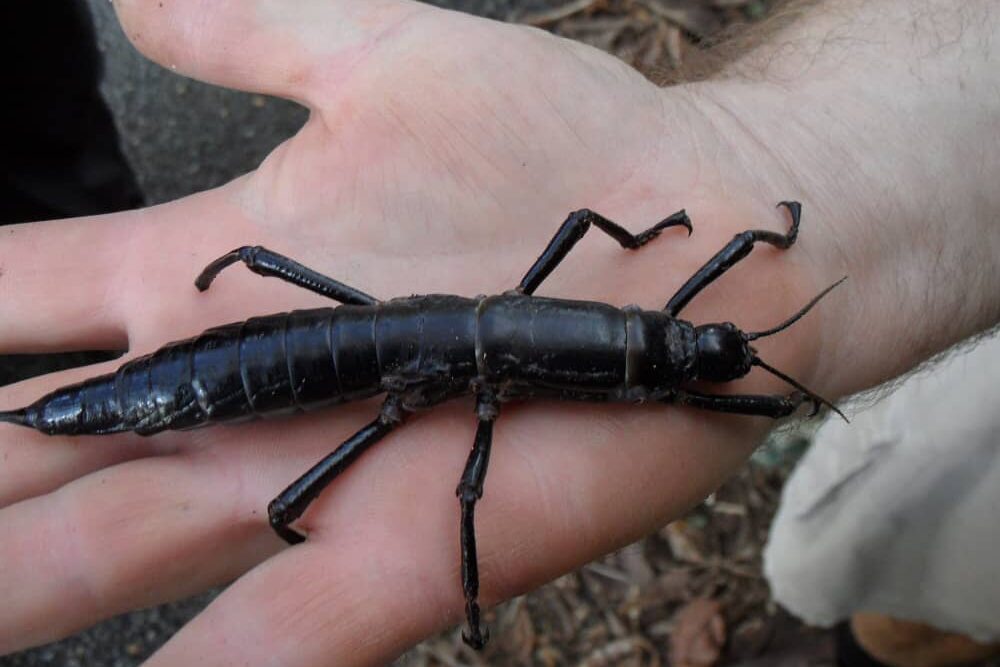
The Lord Howe Island stick insect, or “tree lobster,” was declared extinct in the 1930s after invasive rats wiped out its population. For decades, it was believed lost forever, until a small group was miraculously found in 2001 on Ball’s Pyramid, a remote volcanic outcrop off Australia’s coast. Surviving in a harsh, barren environment, this insect became a symbol of hope for global conservation.
Breeding and reintroduction efforts aim to restore the species to Lord Howe Island and its native ecosystem. The insect’s resilience in extreme conditions highlights the importance of protecting isolated habitats, where lost species can endure. Its story is a powerful reminder of nature’s ability to persist despite human-driven challenges.
Source: Wikipedia
3. The Bermuda Petrel: A Seabird’s Second Chance
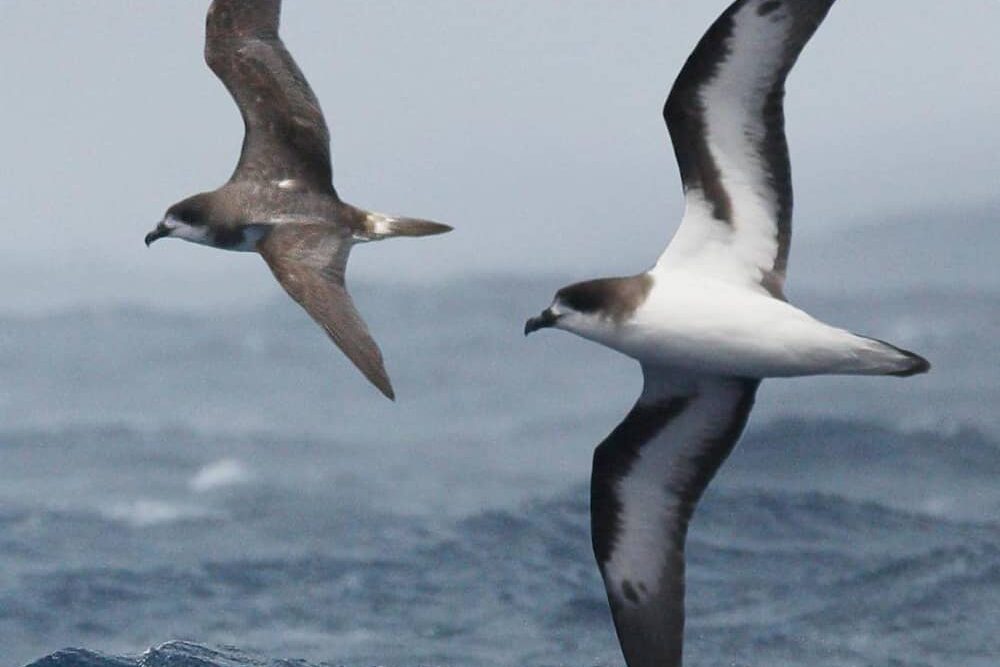
The Bermuda petrel, or “cahow,” was believed extinct for over 300 years after hunting and habitat destruction wiped out its population during the colonial era. Its rediscovery in 1951 on a small island off Bermuda was a major triumph for conservationists. The cahow’s slow recovery has relied on careful protection of its fragile nesting sites.
Nesting in burrows on remote islands, the cahow remains vulnerable to human interference. But through dedicated efforts, its population continues to grow. This seabird’s comeback is a powerful reminder that with care and persistence, even species on the brink can be brought back.
Source: Wikipedia
4. The New Zealand Takahe: A Flightless Bird’s Revival
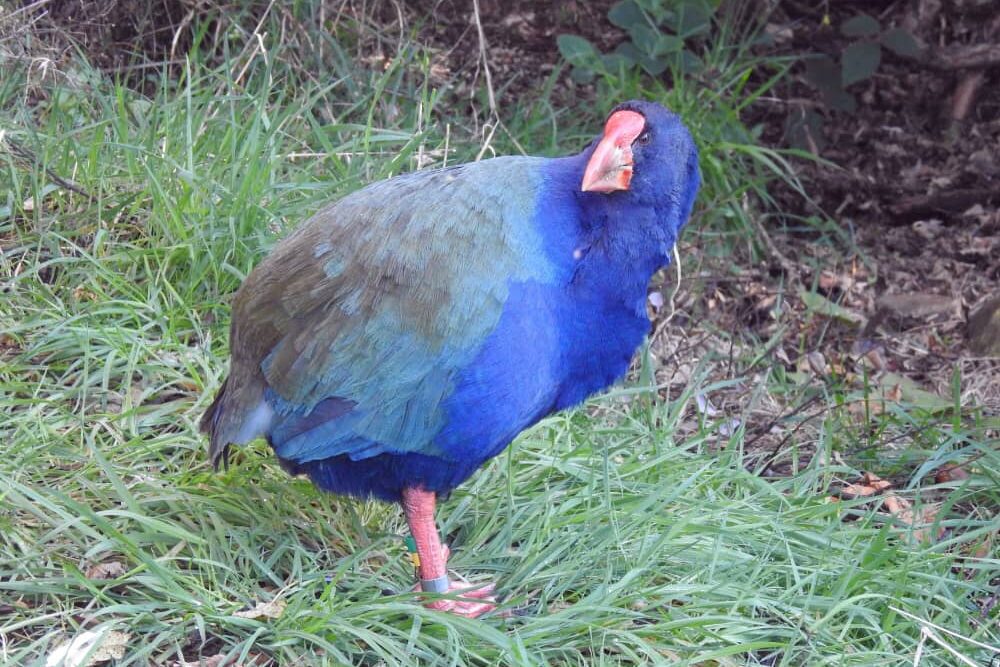
The New Zealand takahe, a large flightless bird, was declared extinct in the late 19th century due to habitat loss and introduced predators. Its rediscovery in 1948 in Fiordland’s remote mountains was a triumph for conservationists. The bird’s survival in this harsh landscape reflects the resilience of species in isolated habitats.
Conservation efforts, focused on habitat restoration and predator control, have helped the takahe population slowly grow. Though still vulnerable, the bird’s steady recovery shows how dedicated action can bring species back from the brink.
Source: Wikipedia
5. The Ivory-Billed Woodpecker: A Ghost of the Forest
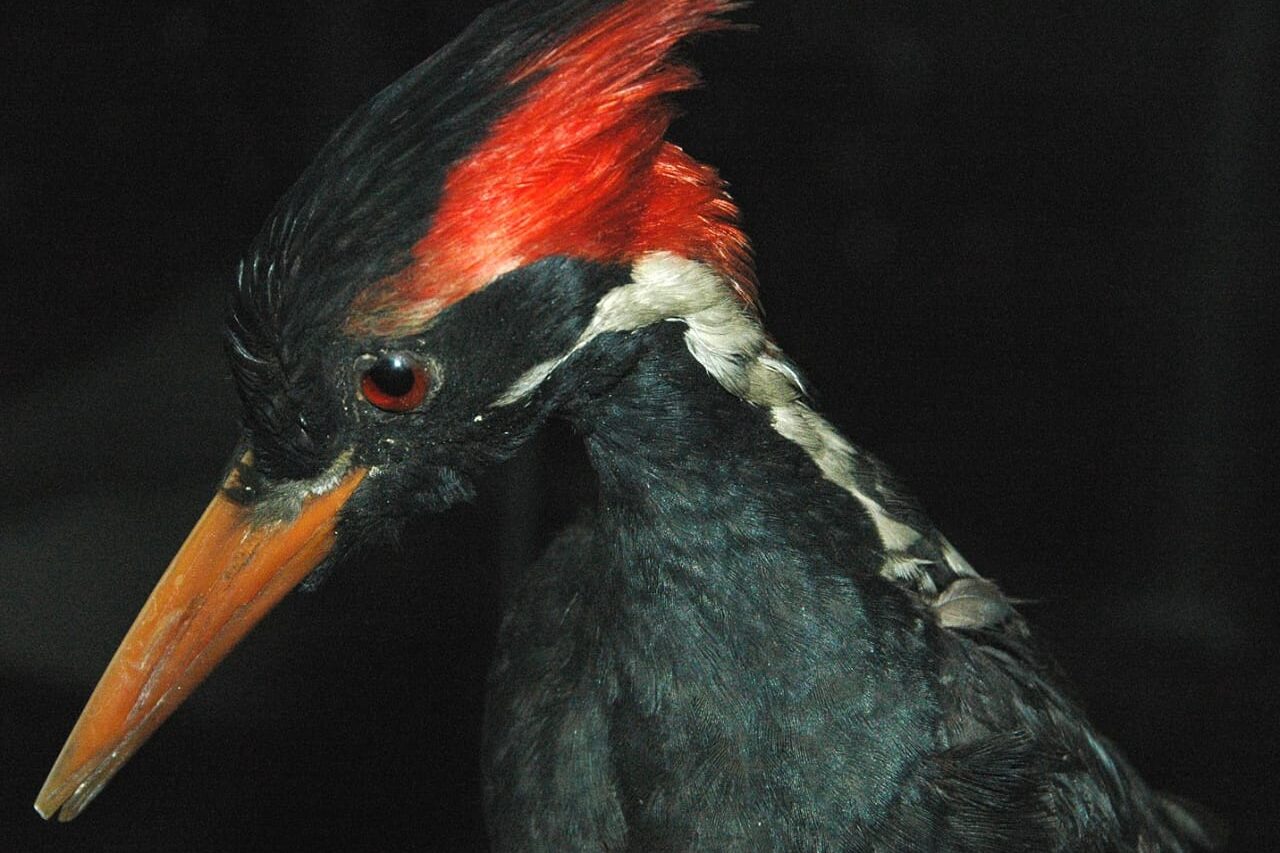
The ivory-billed woodpecker, once a majestic resident of the old-growth forests in the southeastern U.S., was declared extinct in the mid-20th century due to habitat loss and hunting. Yet sporadic sightings, most notably in 2004 in Arkansas’s Big Woods, have kept hope alive for this iconic bird. Its potential comeback symbolizes nature’s resilience and the importance of preserving critical habitats.
Confirming the woodpecker’s existence remains challenging due to its elusive nature and the vastness of its habitat. Still, the search has inspired efforts to protect and restore the forests it once called home. The ivory-billed woodpecker’s story is a powerful reminder of ecosystem fragility and the enduring hope that conservation can bring.
Source: Wikipedia
6. The Fernandina Giant Tortoise: A Reptile’s Resurrection
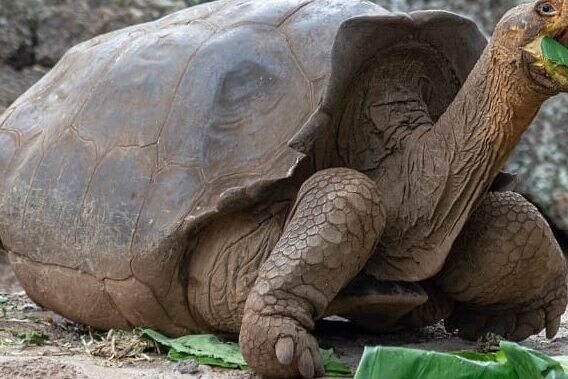
The Fernandina giant tortoise, native to the Galápagos Islands, was believed extinct for over a century due to hunting and habitat loss. Its rediscovery in 2019 on remote Fernandina Island was a moment of triumph for conservationists. This tortoise survived in a harsh volcanic landscape by adapting to extreme conditions, showing the resilience of life in isolated ecosystems.
Ongoing efforts focus on protecting its habitat and studying its ecology to ensure its future. The tortoise’s return highlights the Galápagos as a biodiversity hotspot and reminds us of the power of human action to help species recover when given the chance.
Source: Wikipedia
7. The Cuban Solenodon: A Nocturnal Survivor
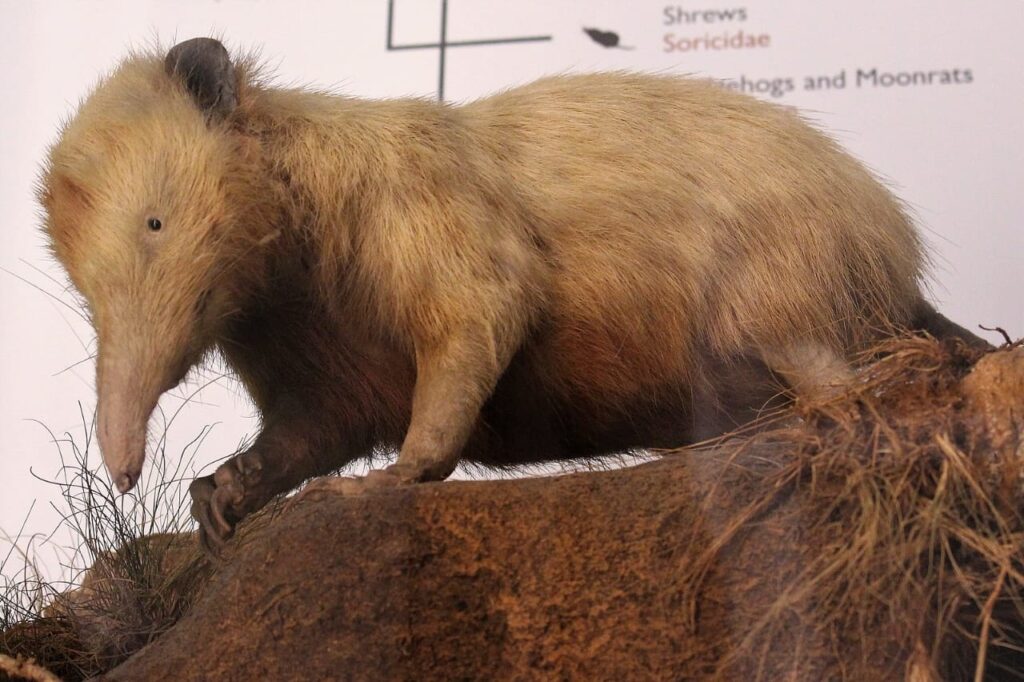
The Cuban solenodon, a small nocturnal mammal, was believed extinct for decades due to habitat loss and invasive predators. Its rediscovery in the 1970s in Cuba’s remote forests marked a major victory for conservationists. This rare species survived by adapting to harsh, isolated environments, showing the resilience of life in protected habitats.
Conservation efforts now focus on protecting its habitat and studying its ecology to ensure survival. The solenodon’s return highlights Cuba’s rich biodiversity and the power of human action to help species recover when given the chance.
Source: Wikipedia
8. The Javan Elephant: A Gentle Giant’s Return
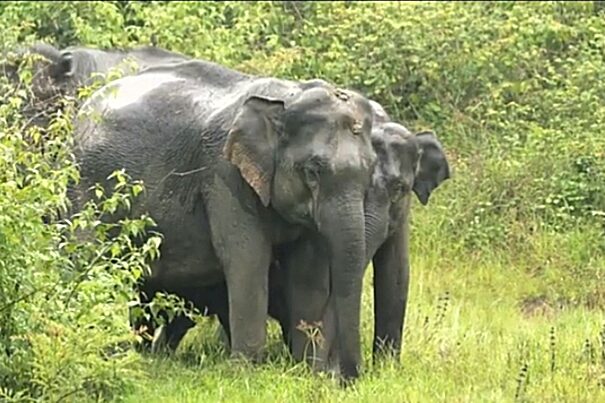
The Javan elephant, once native to Indonesia’s island of Java, was declared extinct in the 19th century due to habitat loss and hunting. But in the early 21st century, a small population was discovered on nearby Borneo, sparking hope for this gentle giant. Its survival, likely aided by adaptability to changing conditions, symbolizes nature’s resilience and the importance of protecting critical habitats.
Conservation efforts now focus on habitat protection and research to understand the elephant’s ecology and ensure its future. This rediscovery highlights Southeast Asia’s rich biodiversity and the power of human action to help species recover when given the chance.
Source: Wikipedia
9. The Laotian Rock Rat: A Rodent’s Reappearance
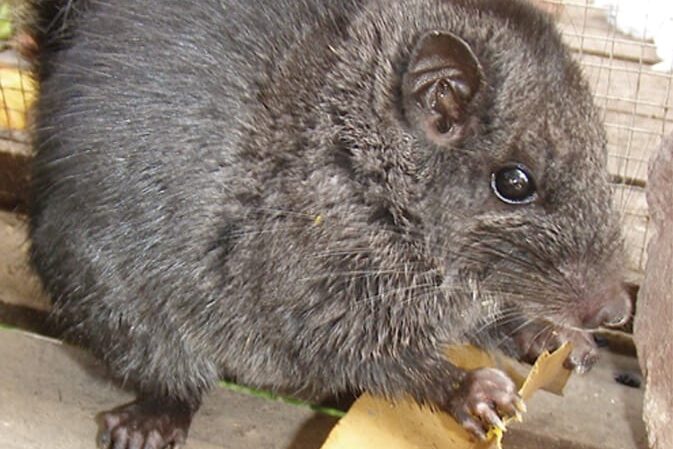
The Laotian rock rat, a small rodent once known only from fossils, was believed extinct for millions of years. Its astonishing rediscovery in 1996 in the limestone karsts of Laos revealed a species that had survived in isolation by adapting to extreme conditions. This rodent’s story is one of resilience and the critical role isolated ecosystems play in sheltering endangered species.
Ongoing research and conservation aim to understand and protect the rock rat’s unique habitat. Its reappearance highlights Southeast Asia’s rich biodiversity and reminds us that with protection and care, even species long thought lost can endure and recover.
Source: Wikipedia
10. The Madagascar Serpent Eagle: A Raptor’s Revival
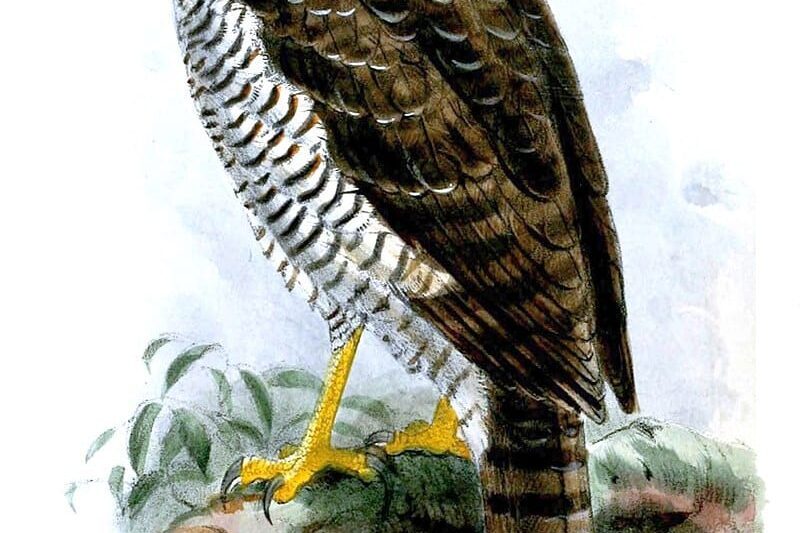
The Madagascar serpent eagle, a rare bird of prey, was believed extinct for decades due to habitat loss and hunting. Its rediscovery in the 1990s in Madagascar’s remote forests was a major win for conservationists. This elusive raptor survived by adapting to harsh, isolated environments, showing how resilience and protected habitats can keep species alive against the odds.
Conservation efforts now focus on habitat protection and research to ensure the eagle’s future. Its return highlights Madagascar’s rich biodiversity and the power of human action to help species recover when given the chance.
Source: Wikipedia
11. The Pygmy Tarsier: A Tiny Primate’s Return
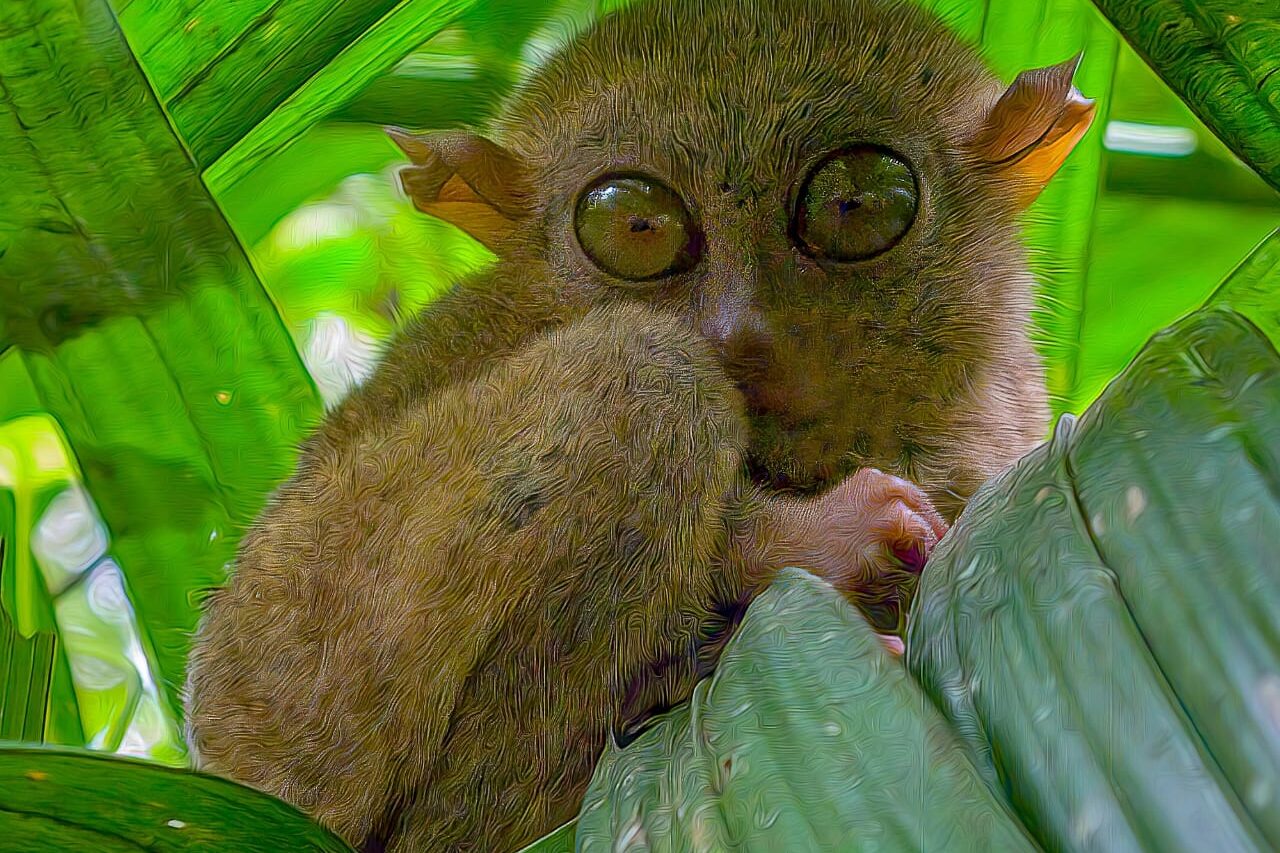
The pygmy tarsier, a tiny nocturnal primate from Indonesia, was believed extinct for decades due to habitat loss and hunting. Its surprise rediscovery in 2008 in remote mountain forests marked a major victory for conservationists. This elusive primate survived by adapting to harsh, isolated environments, a testament to resilience and the critical role of protected habitats.
Ongoing efforts focus on studying and safeguarding the pygmy tarsier to ensure its future. Its return underscores the rich biodiversity of Indonesia and the potential for species recovery when given a chance. This tiny primate reminds us how human action can help preserve fragile ecosystems and the remarkable creatures within them.
Source: Wikipedia
12. The Arakan Forest Turtle: A Reptile’s Resurrection
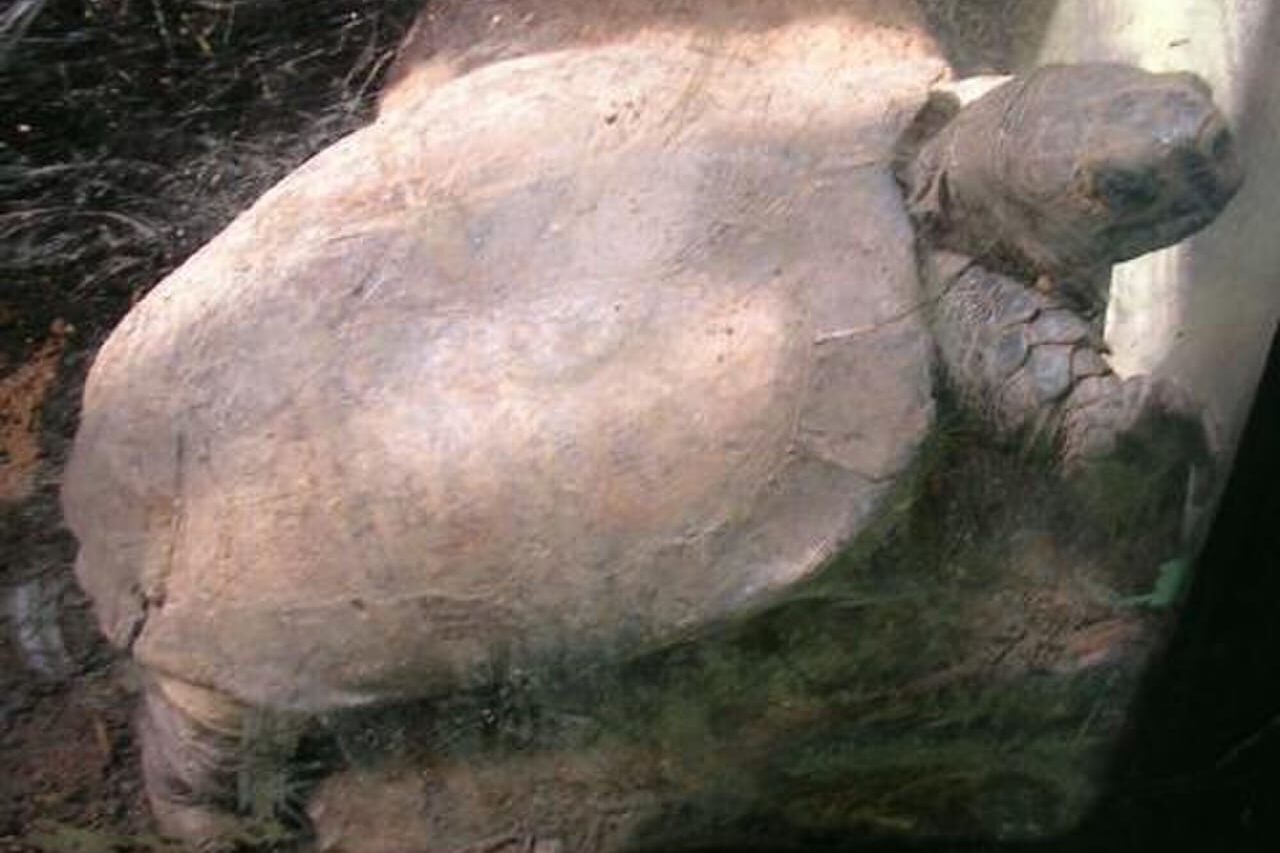
The Arakan forest turtle, native to Myanmar’s remote forests, was thought extinct for over a century due to habitat loss and hunting. Its rediscovery in the early 21st century was a triumph for conservationists, revealing a species that survived by adapting to harsh conditions. This turtle’s story is one of resilience and the vital role remote habitats play in sheltering endangered species.
Conservation efforts now focus on protecting its habitat and studying its ecology to ensure survival. The turtle’s return highlights the rich biodiversity of Southeast Asia and the power of human intervention in giving species a second chance.
Source: Wikipedia
Stay curious—our planet still holds countless mysteries waiting to be discovered. If this story fascinated you, give it a thumbs up, share it with fellow explorers, or drop your thoughts and questions in the comments or at mgitter@gmail.com!


